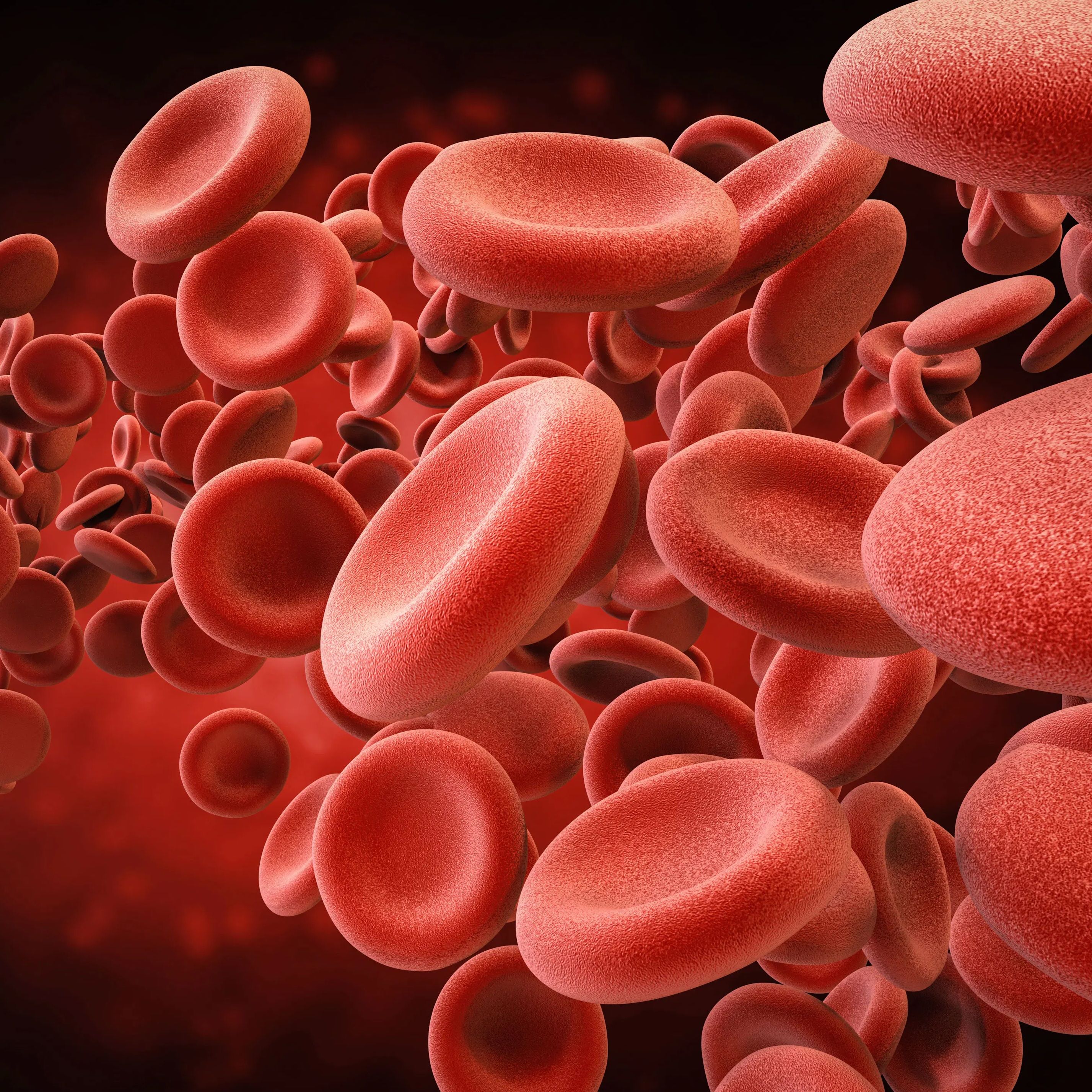Daprodustat Exhibits Dose-Dependent Correlation with Hemoglobin in Anemia
Daprodustat 25-30 mg was linked to the most significant rise in serum hemoglobin and reduced serum ferritin levels.
Credit: Fotolia

A recent systematic review and network meta-analysis assessed the efficacy of daprodustat, an oral inhibitor of prolyl hydroxylase of hypoxia-inducible factor (HIF-PH), in the treatment of anemia among dialysis-dependent patients with chronic kidney disease (CKD).1
Dialysis-dependent patients with anemia experienced a significant increase in serum hemoglobin and total iron-binding capacity (TIBC), and a notable decrease in serum ferritin, with daprodustat administration at dosages of 25–30 mg.
“These findings not only challenge previous reports but also position daprodustat as a potentially superior option for managing dialysis-related anemia,” wrote the investigative team, led by Hammad Ali Fadlalmola, PhD, an associate professor in the department of community health nursing at Taibah University.
A key health complication, anemia is present in approximately 40% of patients with CKD, with the leading causes including uremia and chronic inflammation that suppresses bone marrow synthesis of red blood corpuscles (RBCs).2 However, the most notable cause of CKD-induced anemia is decreased serum erythropoietin (EPO), a hormone secreted normally by renal interstitial fibroblast.3
Conventional lines of treatment include EPO, EPO stimulating agents (ESAs), and iron—however, these treatments have been linked to serious adverse events and negative compliance with treatment, owing to the parenteral and subcutaneous routes of administration.4
In this meta-analysis, Fadlalmola and colleagues investigated the direct and indirect effects of various doses of daprodustat, recombinant human EPO (rhEPO), and placebo in dialysis-dependent patients with CKD and anemia.1 The analysis’ primary outcome was the change in serum hemoglobin from baseline and secondary outcomes included changes in serum ferritin, TIBC, and iron.
A comprehensive search was performed in the Cochrane Library, PubMed, Web of Science, and Scopus from the beginning of the databases to January 2022. Studies were eligible for the analysis if they included a population on dialysis with anemia, different doses of daprodustat, were placebo-controlled, and matched the study’s primary and secondary outcomes.
Overall, the search yielded 223 records and after excluding duplicates, 145 unique studies were matched for screening. After the screening process, 7 unique studies were included in the systematic review and 6 entered the network meta-analysis.
Upon analysis, the increasing dose of daprodustat was linked to a greater significance of the change in serum hemoglobin from baseline. Compared with placebo, daprodustat 25–30 mg was associated with the greatest significant increase in serum hemoglobin (MD, 1.86; 95% CI, 1.20 - 2.52), followed by daprodustat 8 –12 mg and 5–6 mg.
Moreover, compared with placebo, daprodustat 25–30 mg was associated with the most significant reduction in serum ferritin (MD, –180.84; 95% CI, –264.47 to –97.20), followed by daprodustat 5–6 mg and 8–12 mg. Daprodustat 25–30 mg was also linked with a more significant increment of TIBC than daprodustat 8–12 mg when compared to placebo (MD, 11.03; 95% CI, 3.15 - 18.92) from baseline.
“The significance of these findings lies in daprodustat's efficacy in improving key hematological parameters in this patient group, challenging earlier findings and suggesting daprodustat as a potent agent for managing anemia in dialysis patients,” wrote investigators.
Fadlalmola and colleagues indicated these data provide valuable insight into daprodustat’s role in modifying serum Hb, TIBC, and ferritin levels, offering a potential alternative to traditional treatments for anemia in CKD.
“Despite the promising results, our study acknowledges limitations, including the short duration of follow-up in some trials and the potential conflict of interest due to industry funding,” they wrote. “These factors underline the need for further, independent long-term studies to fully understand daprodustat's safety and efficacy profile.”
References
- Ali Fadlalmola H, Al-Sayaghi KM, Al-Hebshi AA, et al. Efficacy of daprodustat for patients on dialysis with anemia: systematic review and network meta-analysis. Pan Afr Med J. 2024;47:114. Published 2024 Mar 8. doi:10.11604/pamj.2024.47.114.37278
- Inker LA, Grams ME, Levey AS, et al. Relationship of Estimated GFR and Albuminuria to Concurrent Laboratory Abnormalities: An Individual Participant Data Meta-analysis in a Global Consortium. Am J Kidney Dis. 2019;73(2):206-217. doi:10.1053/j.ajkd.2018.08.013
- Babitt JL, Lin HY. Mechanisms of anemia in CKD. J Am Soc Nephrol. 2012;23(10):1631-1634. doi:10.1681/ASN.2011111078
- Drüeke TB, Locatelli F, Clyne N, et al. Normalization of hemoglobin level in patients with chronic kidney disease and anemia. N Engl J Med. 2006;355(20):2071-2084. doi:10.1056/NEJMoa062276